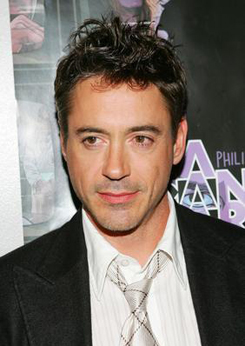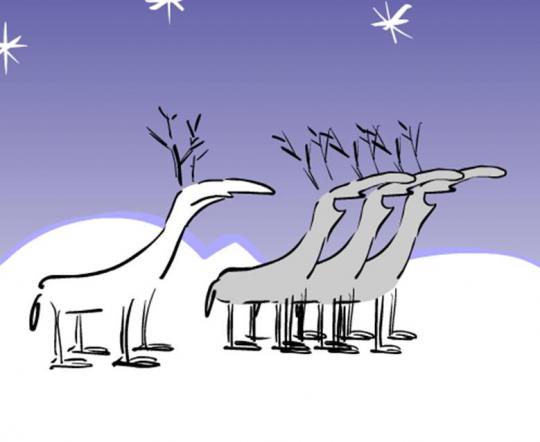One of my departures into stories of my own life …
I don’t drink (in fact today is the 27th anniversary of my sobriety) and don’t much enjoy raucous parties of the New Year’s Eve ilk. But a number of years ago, I sought a way to not feel like a loser who doesn’t get invited to anything on New Year’s Eve.
I hit upon the idea of a New Year’s Eve movie marathon and conducted my first one in 1996. In the early years, the marathon was an opportunity to catch up on movies I hadn’t seen in the past year. As the days of DVDs, and especially Netflix, dawned, it became harder and harder to find movies I hadn’t already seen throughout the year.
So, sometime in this current aught decade, I started focusing the marathon around various themes — documentaries, dance movies, indie films. The year Katharine Hepburn died, her films were the theme. This year is the second I’ve dedicated to a specific actor, and this year’s theme spring from a remark I made to my husband that Robert Downey, Jr., is one of those actors whose films I will almost always want to see.
I’ve had marathons with eight or more films, but this year’s will be a more manageable four.
I like having fun munchie food during the marathon.
It’s a safe, enjoyable, non-loser way to celebrate the new year.







